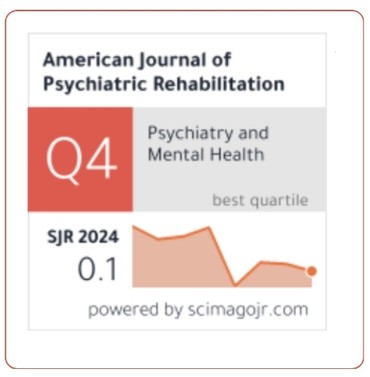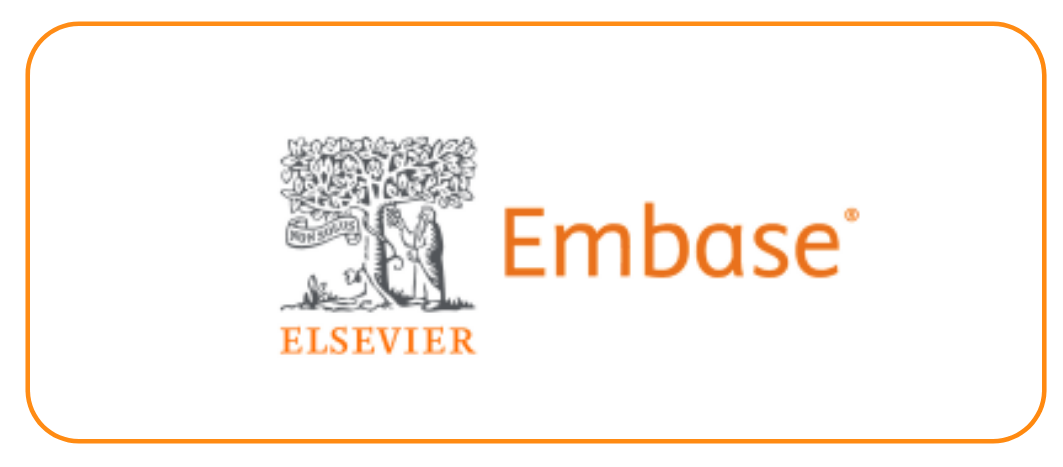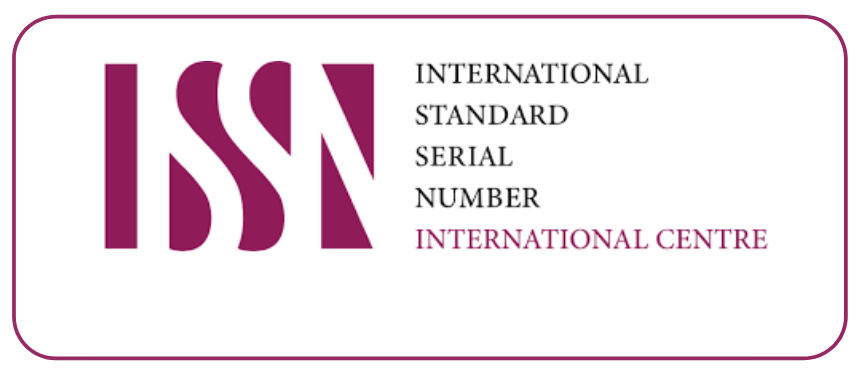Comparision Of Visual Outcome And IOP Changes Before And After Nd-Yag Laser Capsulotomy In Patients With Posterior Capsular Opacification
DOI:
https://doi.org/10.69980/ajpr.v28i5.374Keywords:
Nd:YAG laser capsulotomy, Posterior capsular opacity, Intra ocular pressureAbstract
Background: Posterior capsular opacity (PCO) is the commonest longterm complication of cataract surgery. PCO present with gradual decrease in visual acuity after successful cataract surgery. Various methods employed for the prevention of PCO like capsular polishing, implanting IOL’s with convex posterior surface and surface-modified lens have not been shown to be very successful in long term follow up. All my patients underwent Nd:YAG laser capsulotomy for Posterior capsular opacity, which is a noninvasive, effective and relatively a safe technique for PCO management.
Hence, in this present study every effort is made to study the visual outcome and IOP changes before and after Nd: YAG LASER capsulotomy.
Objective: To compare the visual outcome and IOP before and after ND-YAG laser capsulotomy in patients with Posterior Capsular Opacity
Methodology: A total of 100 patients with posterior capsular opacification attending the Department of Ophthalmology, Vinayaka Missions Medical College and Hospital, Karaikal who gave consent for the research purpose were taken up for the study. Patient’s details including age, sex, and surgical history was recorded. Complete Ocular examination was done before ND-YAG capsulotomy including Best corrected visual acuity (BCVA), Anterior segment examination using Slitlampbiomicroscopy, Retinoscopy, Intraocular pressure measurement using Applanation Tonometer and Posterior segment examination includes dilated fundus examination with Slitlamp biomicroscopy using +90D was recorded. Statistical analysis was performed using SPSS software.
Results: This prospective study was conducted in the Department of Ophthalmology at Vinayaka Missions Medical College, Karaikal. On approval by ethical committee, 100 patients with Posterior Capsular Opacification recruited after obtaining informed consent.The result of the study showed that, maximum number of patients had developed Elschnig pearl type of PCO i.e. 64 patients (64%). After 1 week ND YAG laser capsulotomy 84% (84 patients) of patients showed improvement in best corrected visual acuity. The results of the study showed that, all the 100 patients showed a temporary rise in the intraocular pressure values after ND YAG laser capsulotomy which return to near normal of the base line values at the 1 week of follow up.
Conclusion: The results of the study showed that Complications with Nd:YAG laser capsulotomy are very minimal and only transient elevation of IOP, which can be managed with topical Timolol maleate 0.5% drops on outpatient basis with regular follow up. Improvement in visual acuity with Nd:YAG laser capsulotomy is excellent and complications with Nd:YAG laser capsulotomy are minimal and transient in this study. Hence concluded that Nd-YAG laser capsulotomy is a noninvasive, effective, relatively safe technique to manage posterior capsular opacity and it does not require patient hospitalization.
References
1. Richter CU, Stienert RF. Nd:YAG laser posterior capsulotomy. In: Stienert RF. Cataract surgery : Techniques, complications and management. 1st edn., 1995 :p 378.
2. Boulton M, Saxby LA. Secondary cataract. In : Yanoff M, Duker JS,Ophthalmology ,2nd edn.. Vol.1, Elsevier 2004 :p.265.
3. Richter CU, Stienert RF. Nd:YAG laser posterior capsulotomy. In : Stienert RF. Cataract surgery : Techniques, complications and management. 2nd edn.,2004 :p.531.
4. Emery JM, Wilhelmus KP, Rosenberg S. Complications of phacoemulsification. Ophthalmol 1978;85:141.
5. Coonan P, Fung WE, Webster RG. The incidence of retinal detachment following extracapsular cataract extraction. A ten year study. Ophthalmol 1985;4:206.
6. Apple DJ, Solomon KD, Tetz MR, Assia EL, Holland EY, Ugler UVC, et al. Posterior capsule opacification. Surv Ophthalmol 1992;37:73-116. 9.7 Retained lens material In: Jaffe N.S, Jaffe M. S, Jaffe G. F. Cataract surgey and its complications. 6th edn.1997;410.
7. Dowler JGF, Hykin PG, Hamilton AMP. Phacoemulsification versus extracapsular cataract extraction in patients with diabetes mellitus. Ophthalmology 2000;107:457462.
8. Hayashi K, Hayashi H, Nakao F, et al. Posterior capsule opacification after cataract surgery in patients with diabetes mellitus. Am J Ophthalmol 2002;134:10-16.
9. Oner FH, Gunenc U, Ferliel ST. Posterior capsular opacification after phacoemulsification : Foldable acrylic versus poly methyl methacrylate intraocular lens. J Cataract Refract Surg 2000;26(5):722-6.
10.Kucuksumer Y, Bayraktar S, Sahin, Yilmaz OF. Posterior capsule opacification 3 years after implantation of a Acrysof and a Memory lens in fellow eyes. J Catarct Refract Surg 2000;26:1176-1182.
11.Tetz MR, Auffarth GV, Sperker M, Blum M, Volcker HE. Photographic image analysis system of posterior capsule opacification. J Cataract Refract Surg 1997;23:1515-1520.
12.Keates RH, Stienert RF, Puliafito CA, et al. Long term follow up of Nd:YAG laser posterior capsulotomy. Am Intraocular Implant Soc J 1984;10:164.
13.Faulkner W. Laser inteferometric prediction of postoperative visual acuity in patients with cataracts. Am J Ophthalmol 1983;95:626.
14.Pande MV, Ursell PG, Spalton DJ, Health G, Kundaiker S. High resolution digital retroillumination imaging of the posterior lens capsule after cataract surgery. J Cataract Refract Surg 1997;23:1521-7.
15.Hollick EJ, Spalton DJ, Ursell PG, Pande MV, Barman SA, Bayce JF, et al. The effect of polymethylmethacrylate, silicone and polyacrylic intraocular lenses on posterior capsular opacification 3 years after cataract surgery. Ophthalmology 1999;106:49-54.
16.Hayashi K, Hayashi H, Nakao F, Hayashi F. In vivo-quantitative measurement of posterior capsule opacification after extracapsular cataract surgery. Am J Ophthalmol 1998;125:837-843.
17.Aslam TM, Patton N. Methods of assessment of patients for Nd:YAG laser capsulotomy that correlate with final visual improvement. BMC Ophthalmol 2004;4:13.
18.Riggins J, Pedrotti LS, Keates RH. Evaluation of Nd:YAG laser for treatment of ocular opacities. Ophthalmic Surg 1983;14:675.
19.Sundelin K, Sjostrand J. Posterior capsule opacification 5 years after extracapsular cataract extraction. J Cataract Rerfract Surg 1999;25(2):246-250.
20.Atebara NH, Thall EH. Principles of Lasers In : Yanoff M, Duker JS, Ophthalmology, 2nd edn., Vol.1, Elsevier 2004 :p.52-54.
21.Nadler DJ, Jaffe NS, Clayman HM, et al. Glare disability in eyes with intraocular lenses. Am J Ophthalmol 1984;94:43
Downloads
Published
Issue
Section
License
Copyright (c) 2025 American Journal of Psychiatric Rehabilitation

This work is licensed under a Creative Commons Attribution 4.0 International License.
This is an Open Access article distributed under the terms of the Creative Commons Attribution 4.0 International License permitting all use, distribution, and reproduction in any medium, provided the work is properly cited.









